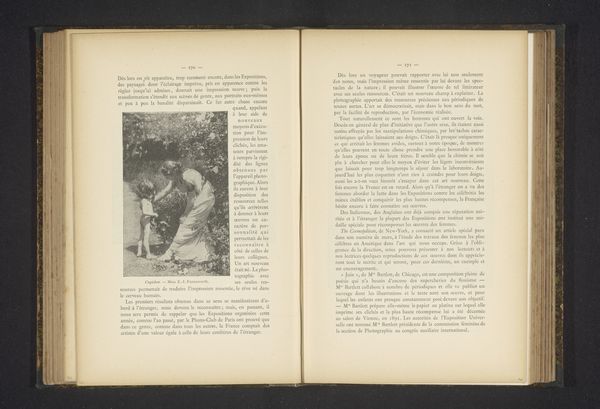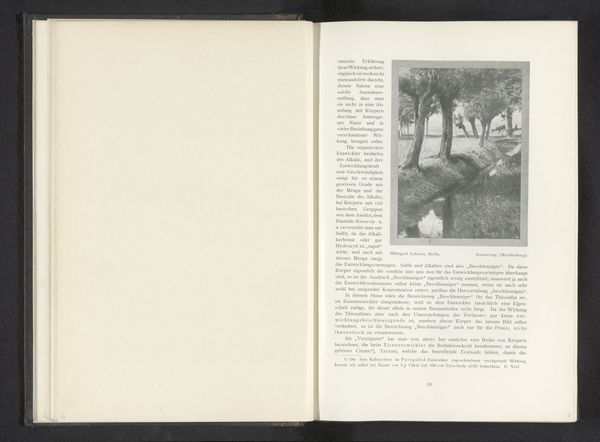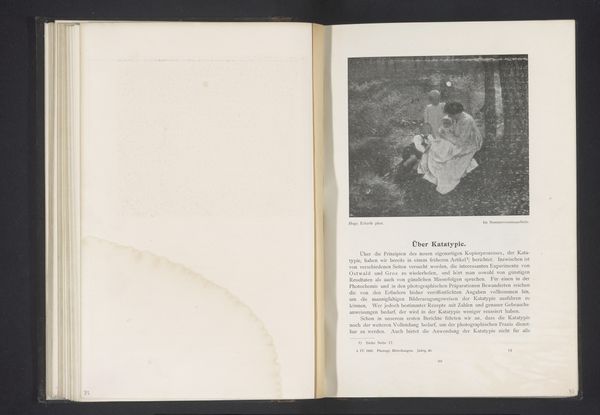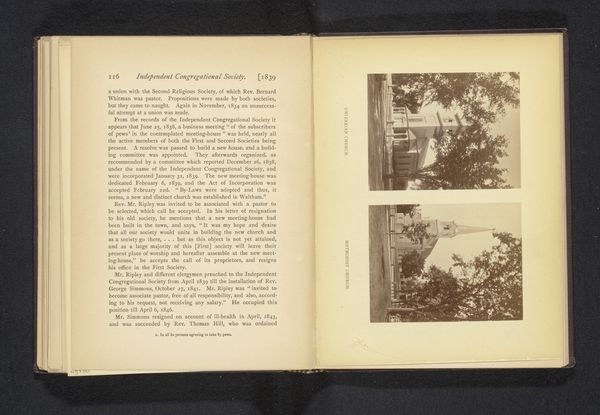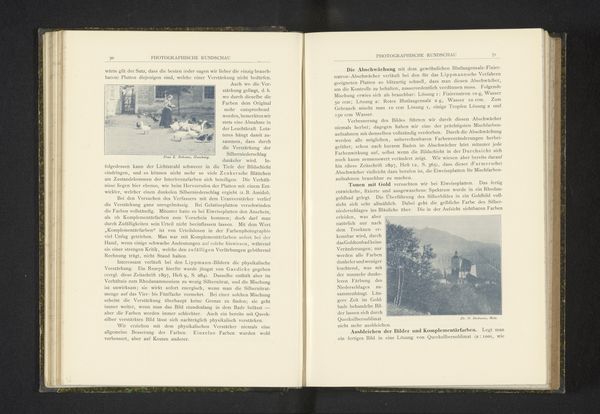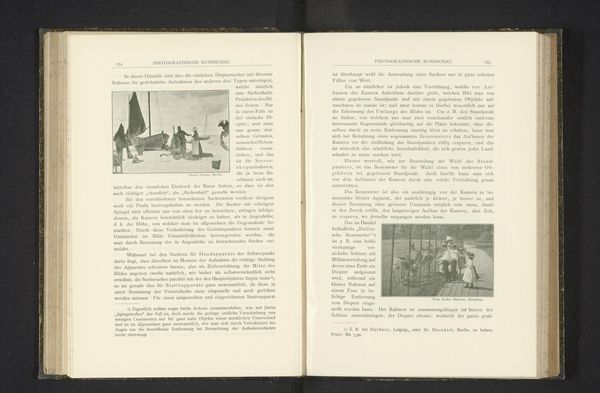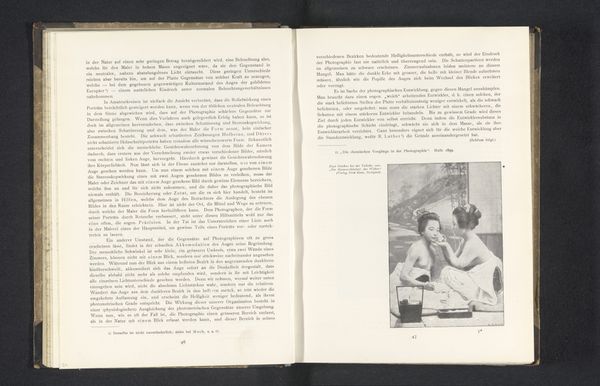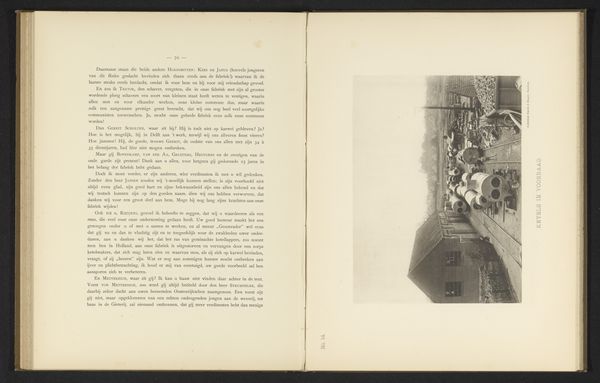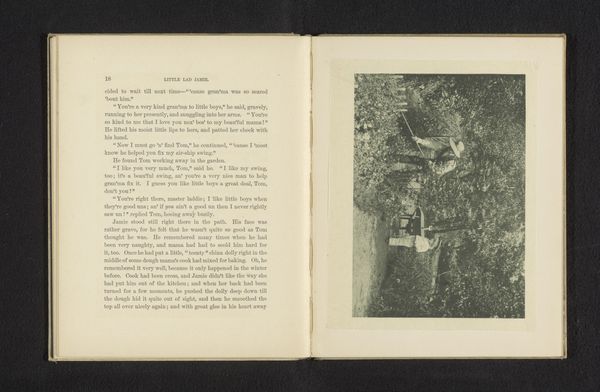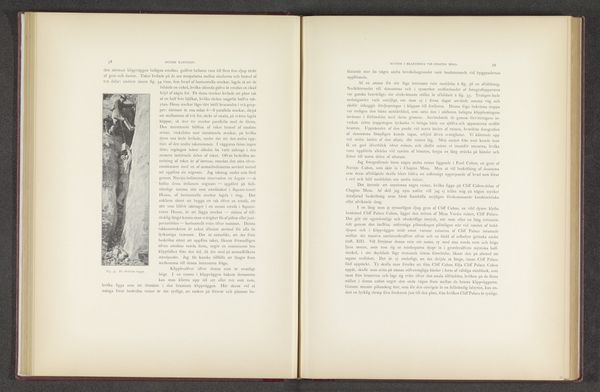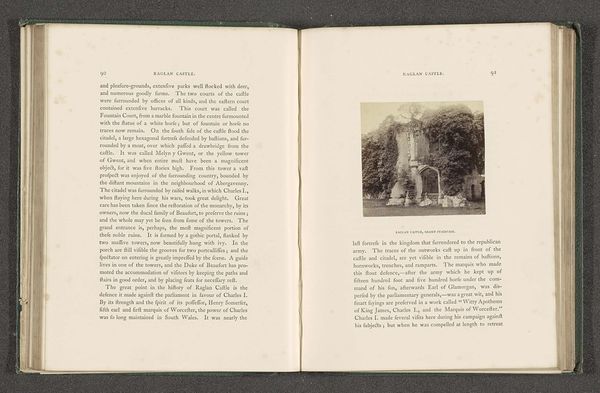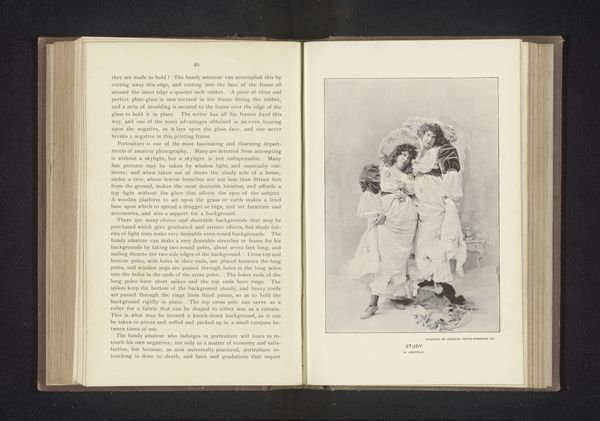
Dimensions: height 160 mm, width 129 mm
Copyright: Rijks Museum: Open Domain
Editor: Here we have a gelatin silver print by Mathilde Weil, taken sometime before 1903, titled "Klein meisje op een terras met planten"—"Little girl on a terrace with plants." There's something almost ethereal about this photo, the stark contrast and the solitary figure. How do you interpret this work? Curator: Well, immediately I'm drawn to think about the social context in which this photograph was made. Weil was working at a time when photography was still asserting itself as a legitimate art form. The soft focus and impressionistic style were a direct challenge to more rigid academic artistic standards. What kind of access do you think she had as a female photographer? Editor: That's interesting, I hadn't considered her position in society. Do you mean, did being a woman affect her artistic opportunities? Curator: Precisely. And it also leads us to consider who this "little girl" might be and how childhood was viewed at the turn of the century. Was she photographing her own daughter, perhaps? Or was this part of a larger commission portraying upper-middle-class domestic life? These kinds of images helped to solidify certain ideals around family, gender, and social class. What feelings does it evoke for you in that context? Editor: It makes me think about the staged nature of these photos, how much work went into projecting a certain image of bourgeois life. There's an element of performance in what seems like a candid moment. Curator: Absolutely. The "candid" moment is carefully constructed. It raises important questions about authenticity, representation, and the role of photography in shaping our perceptions of the past. Editor: I guess it’s much more layered than it appears at first glance! Thanks, that really shifts my perspective. Curator: My pleasure! It is a reminder that the image does not speak for itself; we need social and cultural historical context for better comprehension.
Comments
No comments
Be the first to comment and join the conversation on the ultimate creative platform.
